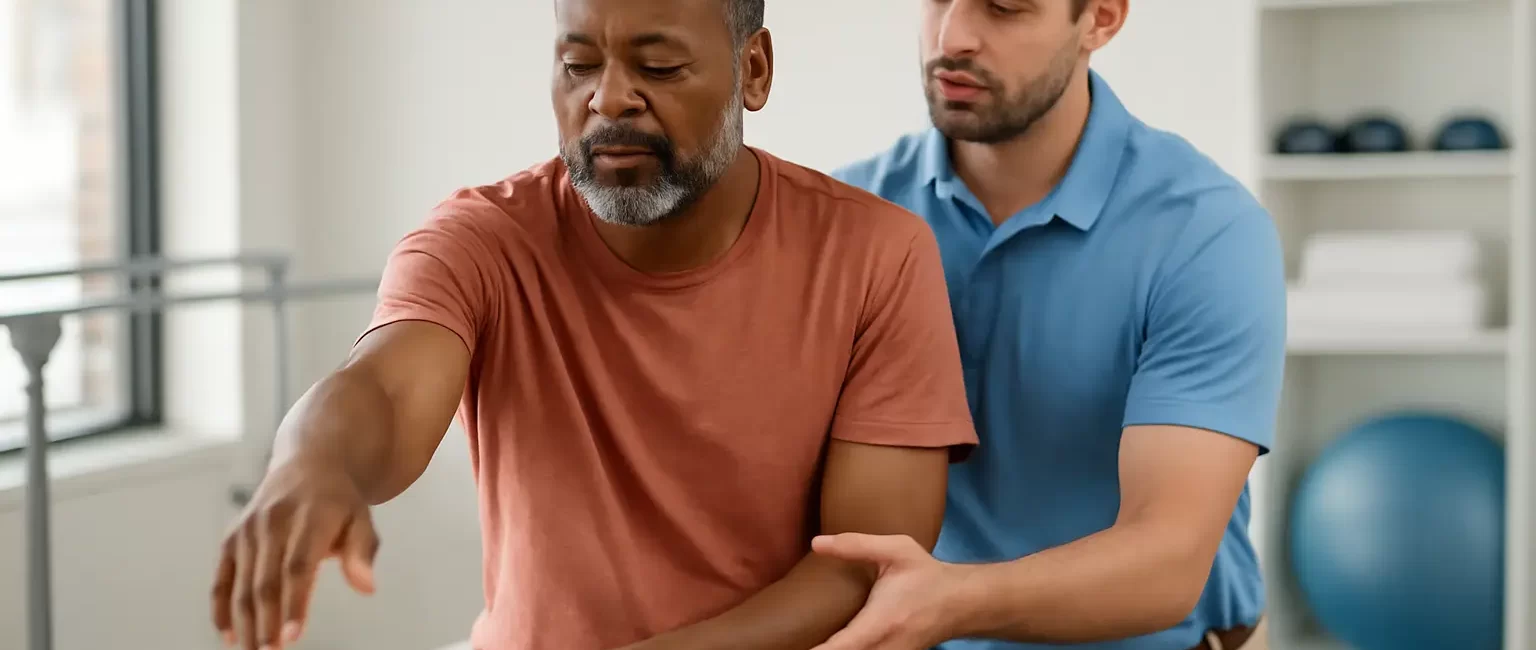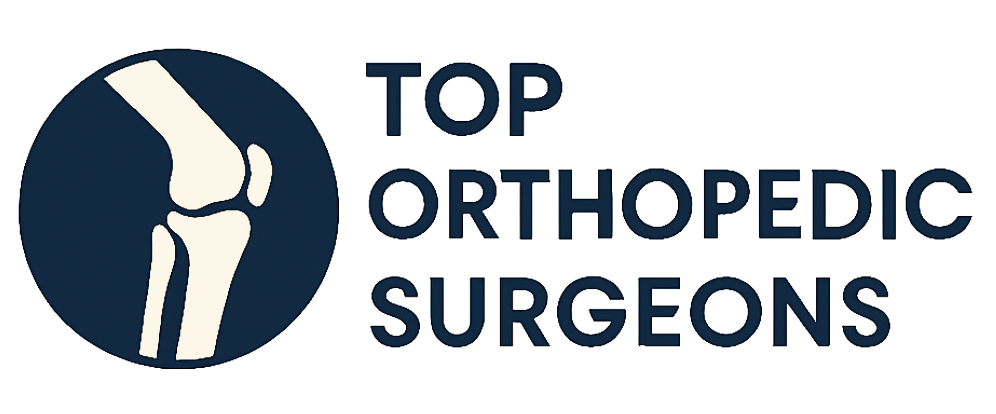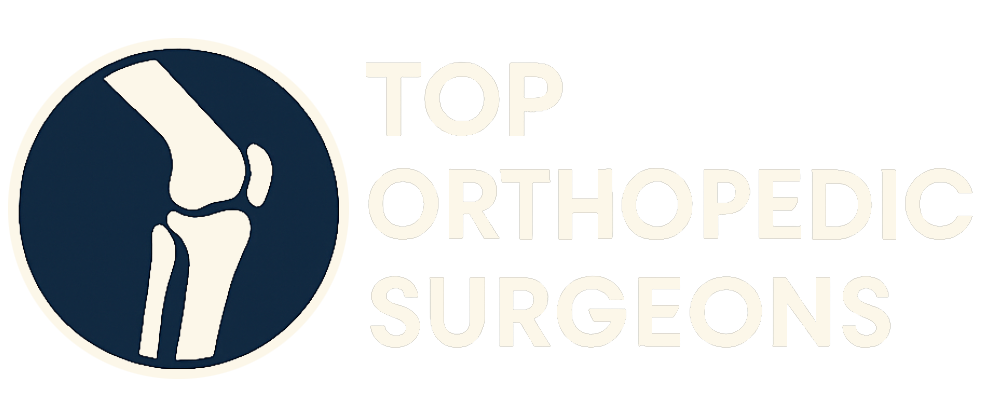
Many individuals experience musculoskeletal issues at some point in their lives. While surgery might seem like the only solution, numerous non-surgical options can effectively manage and alleviate orthopedic conditions. This guide explores various non-surgical approaches, offering insights into how these treatments can help you regain function and reduce pain without undergoing invasive procedures.
Understanding the Landscape of Non-Surgical Orthopedic Care
Non-surgical orthopedic care encompasses a range of treatments aimed at addressing musculoskeletal problems without resorting to surgery. These methods often focus on reducing pain, improving function, and promoting healing through less invasive means. They are often the first line of defense against orthopedic issues and can be highly effective for many conditions.
When to Consider Non-Surgical Treatment
Non-surgical options are typically considered when:
- The condition is mild to moderate.
- Surgery is not immediately necessary.
- The patient prefers to avoid surgery.
- The patient is not a good candidate for surgery due to other health concerns.
- The goal is to manage pain and improve function rather than correct a structural problem that requires surgery.
Common Non-Surgical Orthopedic Treatments
Several non-surgical treatment options are available, each designed to address specific conditions and symptoms.
1. Physical Therapy: Restoring Movement and Function
Physical therapy is a cornerstone of non-surgical orthopedic care. It involves a customized exercise program designed to strengthen muscles, improve range of motion, and reduce pain. A physical therapist will assess your condition and create a plan tailored to your specific needs.
Benefits of Physical Therapy
- Pain Reduction: Targeted exercises can help alleviate pain by strengthening supporting muscles and improving joint stability.
- Improved Range of Motion: Stretching and mobility exercises can increase flexibility and range of motion in affected joints.
- Strengthening: Strengthening exercises build muscle strength, providing better support and stability to joints.
- Functional Improvement: Physical therapy helps you regain the ability to perform daily activities with greater ease and less pain.
- Injury Prevention: Learning proper body mechanics and strengthening key muscle groups can help prevent future injuries.
2. Medications: Managing Pain and Inflammation
Medications play a crucial role in managing pain and inflammation associated with orthopedic conditions. Various types of medications are used, depending on the severity and nature of the problem.
Types of Medications Used
- Over-the-Counter Pain Relievers: Medications like ibuprofen (Advil, Motrin) and acetaminophen (Tylenol) can help reduce pain and inflammation for mild to moderate conditions.
- Prescription Pain Relievers: Stronger pain medications, such as opioids, may be prescribed for more severe pain, but they are typically used for short-term relief due to the risk of dependence.
- Nonsteroidal Anti-Inflammatory Drugs (NSAIDs): Prescription NSAIDs can effectively reduce inflammation and pain.
- Corticosteroids: These medications can be taken orally or injected to reduce inflammation.
3. Injections: Targeted Pain Relief
Injections are a common non-surgical treatment option that delivers medication directly to the affected area. This can provide more targeted and effective pain relief compared to oral medications.
Types of Orthopedic Injections
- Corticosteroid Injections: These injections reduce inflammation and pain in joints and soft tissues. They are commonly used for conditions like arthritis, bursitis, and tendonitis.
- Hyaluronic Acid Injections (Viscosupplementation): These injections supplement the natural hyaluronic acid in the joint, providing lubrication and reducing pain, particularly in the knees.
- Platelet-Rich Plasma (PRP) Injections: PRP injections use the patient’s own blood to concentrate platelets, which contain growth factors that promote healing. These are used for conditions like tendon injuries and osteoarthritis.
- Prolotherapy: This involves injecting a solution (often dextrose) into ligaments or tendons to stimulate the body’s natural healing response.
4. Bracing and Orthotics: Providing Support and Stability
Braces and orthotics are external devices that provide support, stability, and alignment to joints and limbs. They can help reduce pain, prevent further injury, and improve function.
Types of Braces and Orthotics
- Knee Braces: Used for conditions like osteoarthritis, ligament injuries, and meniscus tears, knee braces provide support and stability to the knee joint.
- Ankle Braces: These braces support the ankle and can be used for ankle sprains, instability, and arthritis.
- Wrist Braces: Used for conditions like carpal tunnel syndrome, tendonitis, and arthritis, wrist braces provide support and limit wrist movement.
- Back Braces: These braces support the spine and can help reduce pain from back pain, spinal stenosis, and other spinal conditions.
- Orthotics: Custom-made shoe inserts that provide support and alignment to the feet and ankles, helping to correct biomechanical issues and reduce pain.
5. Lifestyle Modifications: Making Healthy Choices
Lifestyle modifications can play a significant role in managing orthopedic conditions. Making healthy choices can help reduce pain, improve function, and prevent further injury.
Key Lifestyle Changes
- Weight Management: Maintaining a healthy weight can reduce stress on weight-bearing joints like the knees and hips.
- Exercise: Regular low-impact exercise, such as walking, swimming, and cycling, can strengthen muscles and improve joint health.
- Diet: A balanced diet rich in anti-inflammatory foods can help reduce inflammation and pain.
- Proper Posture: Maintaining good posture can reduce strain on the spine and other joints.
- Ergonomics: Adjusting your workstation and using proper lifting techniques can prevent injuries.
6. Alternative Therapies: Exploring Complementary Approaches
Some individuals find relief from orthopedic conditions through alternative therapies, which can complement traditional medical treatments.
Examples of Alternative Therapies
- Acupuncture: This traditional Chinese medicine technique involves inserting thin needles into specific points on the body to relieve pain and promote healing.
- Chiropractic Care: Chiropractic care focuses on the diagnosis and treatment of musculoskeletal disorders, particularly those affecting the spine.
- Massage Therapy: Massage can help reduce muscle tension, improve circulation, and alleviate pain.
- Yoga and Tai Chi: These practices combine physical postures, breathing exercises, and meditation to improve flexibility, strength, and balance.
Benefits of Choosing Non-Surgical Treatment
Opting for non-surgical treatment offers several advantages, particularly for individuals who prefer to avoid surgery or are not suitable candidates.
Reduced Risk of Complications
Non-surgical treatments generally carry a lower risk of complications compared to surgery. There is no risk of surgical infections, blood clots, or anesthesia-related problems.
Shorter Recovery Time
Recovery from non-surgical treatments is typically much shorter than recovery from surgery. Patients can often return to their normal activities sooner.
Lower Cost
Non-surgical treatments are often less expensive than surgery, making them a more affordable option for many individuals.
Preservation of Joint Structure
Non-surgical treatments aim to preserve the natural structure of the joint, which can be beneficial in the long term.
The Importance of Consulting with an Orthopedic Specialist
It is essential to consult with an orthopedic specialist to determine the most appropriate treatment plan for your specific condition. An orthopedic specialist can evaluate your condition, discuss your treatment options, and help you make an informed decision.
What to Expect During a Consultation
During your consultation, the orthopedic specialist will:
- Review your medical history.
- Perform a physical examination.
- Order imaging tests, such as X-rays or MRIs, if necessary.
- Discuss your symptoms and concerns.
- Explain your treatment options, including both surgical and non-surgical approaches.
- Answer your questions and address your concerns.
Non-surgical treatments offer effective options for managing a wide range of orthopedic conditions. By exploring these approaches, you can potentially alleviate pain, improve function, and regain a better quality of life without undergoing surgery. Consulting with an orthopedic specialist is crucial to determine the best course of action for your individual needs, ensuring a personalized and effective treatment plan. Remember, informed decision-making is key to navigating your orthopedic care journey and achieving optimal outcomes.


